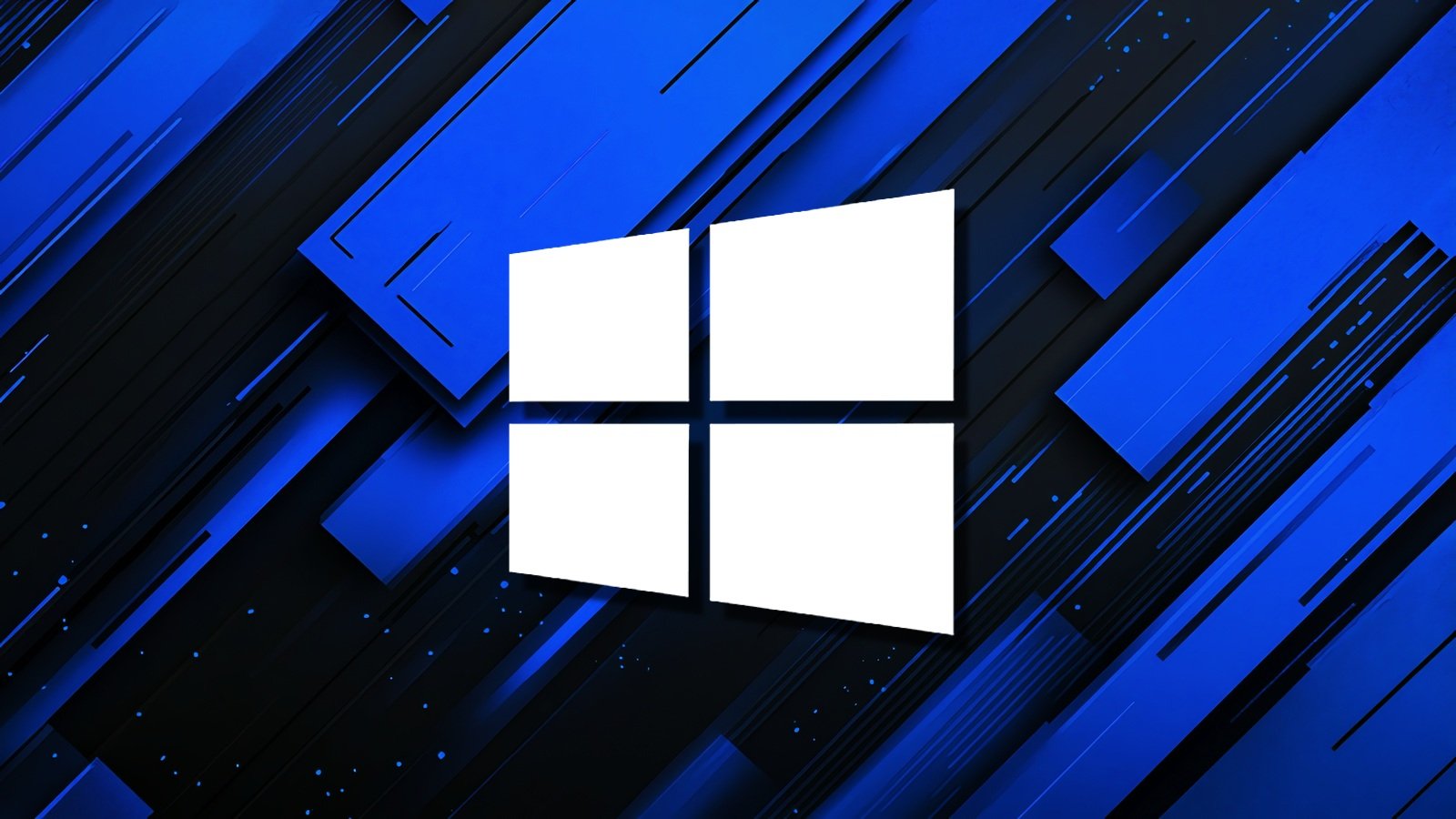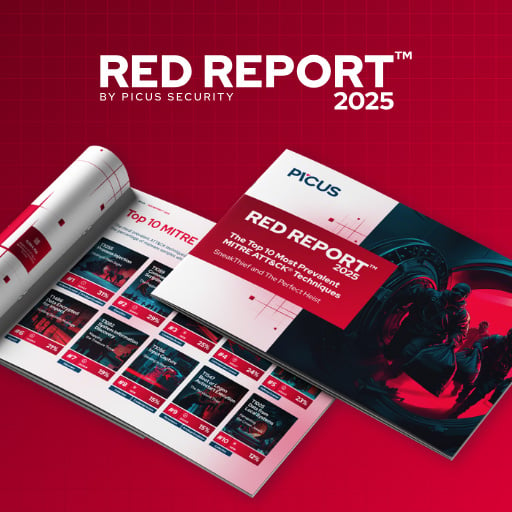Microsoft delays WSUS driver sync deprecation indefinitely

Microsoft announced today that, based on customer feedback, it will indefinitely delay removing driver synchronization in Windows Server Update Services (WSUS).
“Seeing how many of you are already moving to the available cloud-based driver services, we initially proposed the removal of WSUS driver synchronization. Thanks to your feedback, especially on disconnected device scenarios, we’ve now revised this plan,” said Senior Program Manager Paul Reed.
“Based on your valuable feedback, we are postponing the plan to remove WSUS driver synchronization, which was slated for April 18, 2025. Stay tuned as we work on a revised timeline to streamline our services for you,” Microsoft added in a Monday message center update.
The announcement follows three other warnings over the last year that the company will remove WSUS driver synchronization on April 18, 2025. Redmond first announced the deprecation of WSUS driver synchronization in June 2024 and encouraged IT admins to adopt its newer cloud-based driver services in January 2025.
One month later, Microsoft reminded admins to prepare for WSUS driver sync deprecation, encouraging them to adopt cloud-based solutions for client and server updates, like Windows Autopatch, Microsoft Intune, and Azure Update Manager.
In September 2024, the company also revealed that WSUS had been deprecated but added that it plans to maintain all existing capabilities and keep publishing updates through the channel. The announcement came after WSUS was listed on August 13, 2024, as one of the “features removed or no longer developed starting with Windows Server 2025.”
Introduced almost two decades ago as Software Update Services (SUS), WSUS helps IT admins manage and distribute updates for Microsoft products across large enterprise networks with many Windows devices from a single server instead of relying on each endpoint to update from Microsoft’s servers.
In June 2024, Microsoft also announced that it had officially deprecated the Windows NTLM authentication protocol, urging developers to transition to Kerberos or Negotiation authentication to prevent future problems.
Source link







